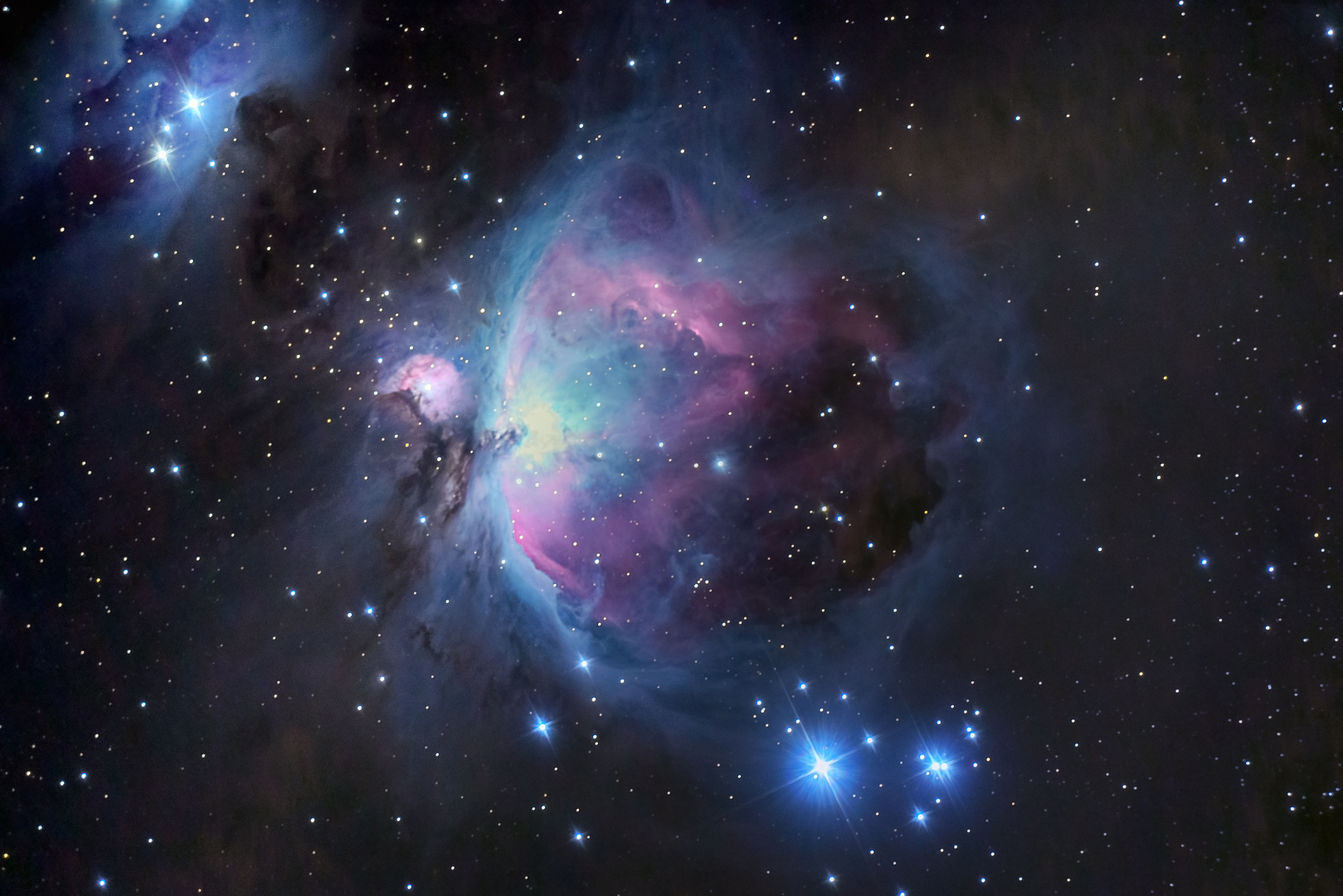It’s no surprise that the universe has many different ways of arranging its guts. Our Solar System may look homely, but it’s far from the only arrangement of stars and planets out there. For one, other star systems may contain more than eight planets, or sometimes may contain less than that. Other times, you’ll find star systems with two or more stars in the middle—a binary star system, or ternary, and so on.
Perhaps the most famous example of this is the star system Alpha Centauri (α Centauri): a system of three stars (α Centauri A, or Rigil Kentaurus; α Centauri B, or Toliman; finally, α Centauri C, or Proxima Centauri) locked in a dance together with two known planets (Proxima b and Proxima c). α Centauri A and B are locked in step as a binary star system, with α Centauri C orbiting the two. The entire system is recognized as the closest star system to our own, at only 4.37 light-years away. (This also wasn’t the first time we wrote about this system—check out our piece on gravitational waves and the black hole merger from 2015 to find out more.)
And while a triple-star system may sound unique on its own, there appears to be a star system configuration that’s much rarer than that: a triple-star system with a single planet orbiting all three at once. (The planets in Alpha Centauri only orbit α Centauri C—it’s the three stars that are gravitationally locked with each other.) Despite its rarity, this appears to be the case with a peculiar system called GW Orionis, hereby shortened to GW Ori.
GW Ori is located some 1,300 light-years away, right at the “nose” of the constellation Orion. It appears to look like a gas cloud with two concentric rings cleared inside it—pretty much like a giant bull’s eye just floating around the universe. At the very center lie three stars locked in a dance, pretty much just like Alpha Centauri: a binary star system with a third star orbiting around the two.
Just last year, scientists pointed their eyes at GW Ori and noticed that the three concentric rings are misaligned, with the innermost ring having some wild “wobbling.” It was then that the authors of that paper theorize that a very young planet—or perhaps a planet that isn’t even done forming yet, otherwise known as a protoplanet—may be orbiting all three stars in the middle, hence the wobbling of the innermost ring. This would make this possible planet the first-ever known circumtriple planet, or a planet orbiting three stars at once—and would mean that the gas cloud was actually a protoplanetary disk.
A new study this year, published in the Monthly Notices of the Royal Astronomical Society, attempted to use 3D modeling to show how this peculiar “bull’s-eye” structure may have formed. These simulations revealed that perhaps the most likely explanation is the presence of a young, large planet akin to our own Jupiter, or perhaps several smaller planets with roughly the same total gravitational presence. To the authors, this may be the cause of the concentric rings and the wobbling of the innermost ring. Ultimately, more research is needed on this peculiar star system to prove or disprove any preliminary findings.
Lead author Jeremy Smallwood, from the University of Nevada in Las Vegas, added in a statement to The New York Times that findings from their study may provide the “first evidence of a circumtriple planet carving a gap in real time” should it be proven true.
(For more peculiar space news, check out our pieces on the “accidental” brown dwarf found by a citizen scientist, or our piece on the “Unicorn” black hole.)
References
- Bi, J., van der Marel, N., Dong, R., Muto, T., Martin, R. G., Smallwood, J. L., Hashimoto, J., Liu, H. B., Nomura, H., Hasegawa, Y., Takami, M., Konishi, M., Momose, M., Kanagawa, K. D., Kataoka, A., Ono, T., Sitko, M. L., Takahashi, S. Z., Tomida, K., & Tsukagoshi, T. (2020). Gw ori: Interactions between a triple-star system and its circumtriple disk in action. The Astrophysical Journal, 895(1), L18. https://doi.org/10.3847/2041-8213/ab8eb4
- O’Callaghan, J. (2021, September 28). This may be the first planet found orbiting 3 stars at once. The New York Times. https://www.nytimes.com/2021/09/28/science/triple-sun-planet.html
- Smallwood, J. L., Nealon, R., Chen, C., Martin, R. G., Bi, J., Dong, R., & Pinte, C. (2021). GW Ori: Circumtriple rings and planets. Monthly Notices of the Royal Astronomical Society, 508(1), 392–407. https://doi.org/10.1093/mnras/stab2624
- Specktor, B. (2021, September 30). Exceptionally rare planet with three suns may lurk in Orion’s nose. Live Science. https://www.livescience.com/triple-star-planet-orion-simulations
- Wenz, J. (2015, October 29). It turns out the closest exoplanet to us doesn’t actually exist. Popular Mechanics. https://www.popularmechanics.com/space/a18003/no-alpha-centauri-b-planet/











